Are you familiar with the term Hakka cuisine? Let’s explore the rich history and unique flavors of Hakka cuisine.
Originating from the Hakka community in China, this culinary style truly reflects the community’s resilience and strength. The dishes are robust and packed with hearty flavours, displaying the distinctiveness of Hakka food.
We are about to journey through the essential Hakka dishes, their cooking methods, and the health advantages this cuisine offers. Prepare yourself to understand why Hakka cuisine has won hearts around the globe. Let’s unravel the mysteries of Hakka cuisine together.
As an old Chinese proverb says, ‘To the people, food is heaven.’ So, let’s take a heavenly journey through Hakka cuisine.
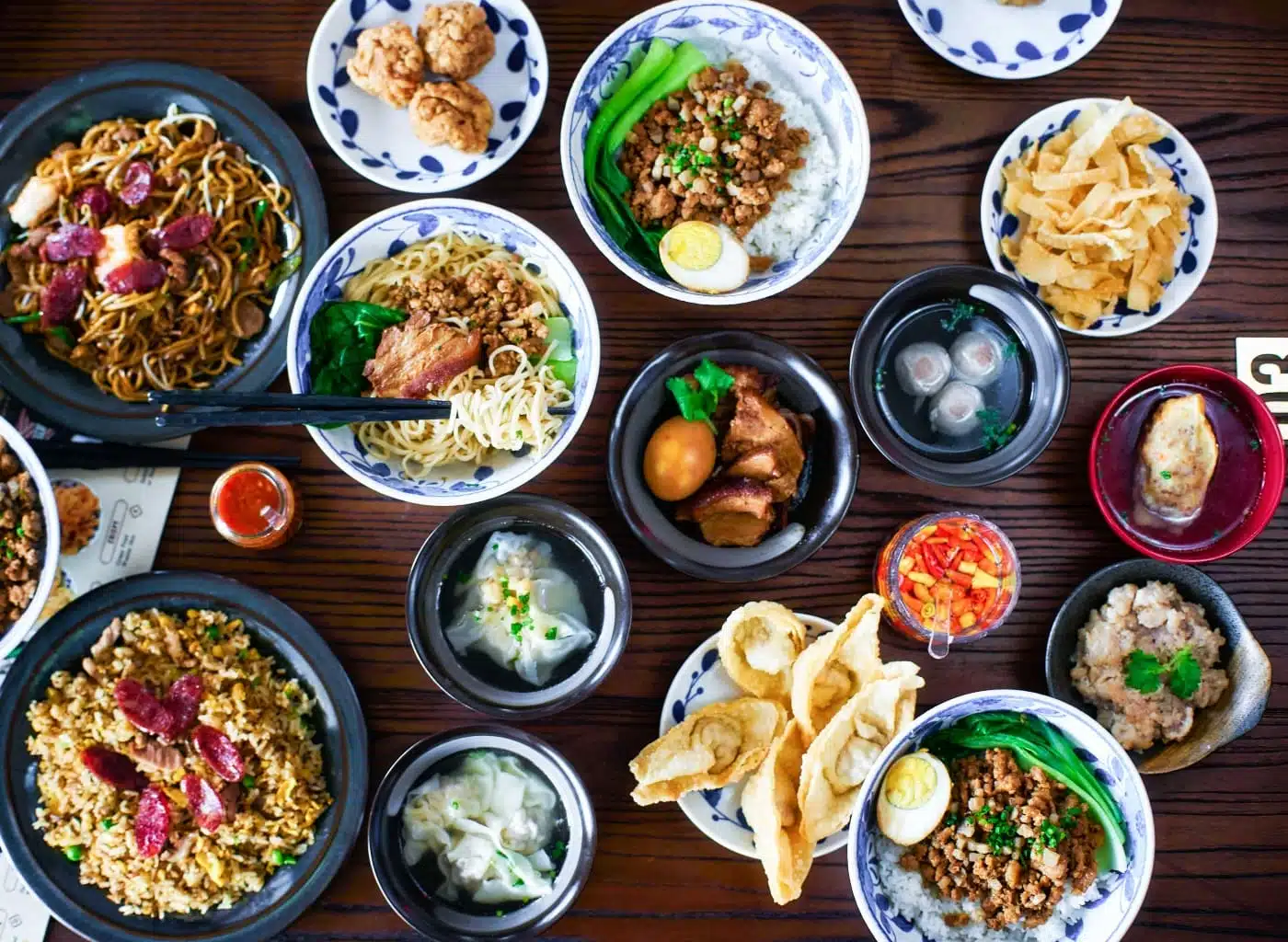
Hakka Cuisine
Key Takeaways
- Hakka cuisine originated from the Hakka people, a subgroup of the Han Chinese. It was influenced by Guangdong, Fujian, and Jiangxi regions in China.
- Traditional Hakka dishes include salt-baked chicken and stuffed tofu, known for their simple and hearty flavours.
- Hakka cuisine is famous in areas with Hakka populations, such as Guangdong and Fujian, and often incorporates preserved ingredients.
- Hakka cuisine has spread globally and has been adapted to local tastes and ingredients, such as in Indian-Chinese cooking in India and Malaysian Hakka cuisine in Malaysia.
Origins of Hakka Cuisine
Are you curious about the roots of Hakka cuisine? Its inception is a captivating narrative of movement, resilience, and adaptation. The Hakkas, primarily migrating from the north of China to its southern parts, tweaked their cooking styles to suit the local ingredients they found, giving birth to a unique culinary culture.
One must recognize the influence of the Hakka language on their food. Unlike other Chinese dialects, it has significantly impacted how they prepare and present their dishes, giving them distinctive flavours and names.
Agriculture, being their primary occupation, also shaped Hakka cuisine. The Hakkas made the most of their local produce and animals to craft hearty and flavorful dishes. The climate’s influence is evident in their food. The ingredients they picked and the cooking techniques they applied were often a response to the changing weather patterns they encountered.
Signature Hakka Dishes
Hakka cuisine, deeply rooted in a rich history, offers an array of standout dishes that reflect their distinctive blend of varied cultures, climates, and farming techniques. From the vibrant stalls serving up Hakka street fare to the ritzy kitchens of famous chefs, the range of these dishes spans as wide as the regions from which they originate.
Why not change up your usual meal routine and experience the daring fusion experiments that mark Hakka cuisine? Give Hakka Stuffed Tofu a try, a dish that pairs the tender texture of tofu with a hearty pork stuffing, or the Salt Baked Chicken, showcasing the Hakka’s skill for injecting maximum flavour with minimal ingredients.
The regional differences in these dishes add an exciting local twist to the traditional recipes. For instance, a journey to the Hakka homelands in China might treat you to a more fiery version of the Salt Baked Chicken. In contrast, a stopover in Hakka communities in Taiwan could present you with a sweeter variation.
Pay attention to Hakka desserts, too. The sugary rice dumplings or the pumpkin pancakes will gratify your dessert cravings. So, whether you’re a culinary thrill-seeker or a lover of comforting food, Hakka cuisine has a dish designed to tickle your taste buds.
- Hakka Fried Rice – This flavorful fried rice is made with pork, Chinese sausage, and vegetables and seasoned with soy sauce. It is a Hakka staple today but emerged from thriftiness, using leftover rice.
- Bamboo Shoot Soup – Slow-cooked soup with bamboo shoots, mushrooms and meat gives comfort. The tender shoots offset the hearty flavours.
- Stuffed Tofu – Soft tofu pockets are then braised with a pork and shrimp mixture. This dish creatively transforms humble tofu into a protein-rich meal.
- Hakka Noodles – Thick rice noodles are topped with ground pork, veggies and seasoned soy sauce for a quick noodle stir-fry dish.
- Salt-Baked Chicken – The whole chicken is coated in salt and baked, resulting in incredibly tender and fragrant meat infused with saltiness.
- Yong Tao Foo – A popular street food featuring tofu, vegetables and meat stuffed with ground pork or fish paste. It shows the versatility of tofu.
- Hakka Tea Smoked Duck – Duck is smoked using black tea leaves and spices, then roasted for complex flavours. The smoking technique adds distinction.
Exploring popular staple dishes offers a delicious window into the essence of Hakka cuisine and culture.
Hakka Cooking Techniques
Let’s delve into the captivating cooking techniques that make Hakka dishes distinctive and flavorful. The Hakka people have a rich culinary tradition that includes fermentation, salted meat preparation, tofu making, wine marination, and unique baking styles.
Get to know these Hakka cooking techniques:
| Technique | Description | Example |
| Fermentation | Hakka fermentation methods are often used to preserve food and add flavour. | Fermented bean curd, pickled vegetables |
| Salted Meat Preparation | This involves curing meat with salt to preserve and intensify its flavour. | Salted chicken, salted fish |
| Tofu Making | Hakka tofu making results in a unique texture and flavour and is often used as a protein source. | Hakka stuffed tofu |
| Wine Marination | This technique involves marinating ingredients in wine to tenderize them and add complexity to the flavour. | Wine-marinated beef |
| Baking Styles | Hakka baking styles often involve slow cooking to allow flavours to develop fully. | Hakka baked pork belly |
Hakka cooking techniques like stir-frying, deep-frying, and steaming come alive in dishes such as Salt Baked Chicken, Hakka noodles, and Yong Tau Foo.
Incorporating these techniques into your culinary repertoire can take your cooking to new heights and bring the flavour of Hakka cuisine into your kitchen. Rather than adhering strictly to recipes, feel free to experiment with these techniques and uncover a whole new world of culinary delights.
Hakka Food Culture and Traditions
Let’s delve into Hakka cuisine’s fascinating history and tradition and how these cooking methods have influenced generations of culinary practices, offering a deeper insight into this exceptional food culture.
Hakka cuisine has exciting roots in history and tradition. Its development and progression are mainly due to migration trends, environmental factors, and local cultural influences. The transformation of Hakka food speaks volumes about the community’s adaptability and resilience. They’ve skillfully utilized the resources of each region they’ve inhabited, resulting in a vibrant and varied culinary legacy.
With Hakka food culture, you might want to consider these highlights:
- Hakka Festivals and Food: The Hakka Yipin Festival, among others, is known for its elaborate food spread, where numerous traditional dishes are displayed.
- Traditional Hakka Beverages : Trying the Hakka yellow wine, fermented from glutinous rice, is highly recommended.
- Hakka Eating Habits : Communal eating is prevalent, fostering a sense of togetherness and sharing.
- Progression of Hakka Cuisine : Hakka cuisine has taken on aspects of various regional cuisines over time yet has managed to maintain its unique traits.
- Hakka Street Food : This is where you can witness a fusion of tradition and modernity. Salt-baked chicken and stuffed tofu are among the famous street food items.
These aspects create a comprehensive Hakka dining experience, a perfect blend of custom, flavour, and time-tested methods.
‘Food isn’t just about taste; it’s also about the culture and traditions that shape it. This is especially true for Hakka cuisine, a blend of history, migration, and adaptation.’
Health Benefits of Hakka Food
Hakka food’s health benefits are noteworthy because it emphasizes fresh ingredients and well-rounded flavours. A diet centred around Hakka food ensures your body takes in diverse nutrients, thus strengthening your immune system. Ingredients known for boosting immunity, like garlic, ginger, and leafy greens, are a staple in their cookery – all geared towards fortifying your body’s disease-fighting capabilities.
There are also digestive health benefits tied to Hakka cuisine. Fermented foods such as tofu and pickled vegetables are commonly used, fostering a healthy gut environment. Moreover, their dishes are usually fibre-rich, aiding digestion and forestalling constipation.
Your heart will thank you for opting for Hakka food. Heart-friendly options abound in Hakka cuisine, emphasizing lean proteins, whole grains, and healthy fats derived from fish and nuts. Such foods aid in regulating blood pressure and cholesterol, thus lessening your susceptibility to heart disease.
Including Hakka food in your dietary plan can also contribute to cancer prevention. Many of their dishes feature ingredients like turmeric and various cruciferous vegetables, lauded for their antioxidant and anti-inflammatory qualities. Therefore, by incorporating Hakka food into your meals, you’re satisfying your palate and safeguarding your long-term health.
As the old saying goes, ‘Let food be thy medicine and medicine be thy food.’ Hakka cuisine exemplifies this, offering a gastronomic adventure and a path to improved health.
Popular Ingredients in Hakka Recipes
As you get familiar with Hakka cuisine, you’ll come across various ingredients that feature prominently in their dishes. The ability of the Hakka people to use spices and uniquely preserve ingredients is a testament to their culinary skills. They can transform simple ingredients that change with the season into dishes that delightfully taste.
A variety of proteins find their way into Hakka recipes. Whether you prefer tofu, chicken, pork, or fish, Hakka cuisine has something for everyone. The regional variations in their dishes are also worth noting, a testament to the local flavour preferences and the ingredients readily available in those areas. Here are some common ingredients you’re likely to encounter in Hakka recipes:
Some signature ingredients give Hakka cuisine its distinctive flavour profile:
- Soy Sauce – Used as a salty, umami-rich flavour base in marinades, braises, and stir-fries. Dark soy adds deep colour.
- Rice Wine – Chinese rice wine, like Shaoxing wine, provides acidity and sweetness in sauces and braises.
- Ginger and Garlic – Aromatic backbone for many dishes. Also used medicinally.
- Sichuan Peppercorns – Signature mouth-numbing spice added to some spicy Hakka dishes.
- Star Anise – Its liquorice-like flavour complements braised meats and sauces.
- Sesame Oil – Adds nutty aroma and savoury taste to marinades and stir-fries.
- Dried Mushrooms – Prized for their intense umami flavour to elevate dishes. Rehydrated before using.
- Tofu : This versatile source of protein quickly absorbs the flavours it’s cooked with.
- Dried shrimp: It’s prized for its robust and concentrated seafood flavour.
- Fermented black beans lend a salty, slightly bitter taste to dishes.
Hakka cuisine’s charm lies in the balance of flavours. Every dish is a testament to the resilience and creativity of the Hakka people. So, while sampling this cuisine, please take a moment to appreciate the careful selection of each ingredient and the artful way they’re put together.
Vegetarian Options in Hakka Cuisine
Hakka cuisine stands out for its abundance of vegetarian-friendly dishes, making it an appealing food choice for anyone with varied dietary preferences. A wide range of vegetarian options is available, from the ever-popular Vegetarian Hakka Noodles brimming with fresh vegetables and taste to creative Tofu dishes.
Vegetarian Hakka Noodles, a crowd favourite, are stir-fried to perfection with various vibrant veggies, presenting a visual and gastronomic delight. The ample use of spices lends a hearty flavour to this dish, tempting you to reach for more.
Turning to tofu, Hakka cuisine showcases its versatility. This nutrient-rich ingredient lends itself to many dishes, subtly taking on the taste of the spices it’s cooked with. Another vegetarian delight you might encounter is the Meatless Manchurian – vegetable balls deep-fried and doused in a tangy sauce, providing a vegetarian spin on the traditional, carnivorous Manchurian.
The incorporation of mushrooms into various Hakka dishes is also a common sight. They impart a distinct, earthy flavour and a satisfying texture that’s hard to ignore. Whether incorporated into stir-fries, soups, or stews, mushrooms lend a substantial element to Hakka cuisine, making it a fulfilling choice for vegetarians.
As someone once said, ‘Variety in diet is the spice of life,’ Hakka cuisine certainly lives up to this with its vast array of vegetarian options.
Hakka cuisine offers many vegetarian-friendly dishes:
- Buddha’s Delight – Mixed veggies like bok choy and mushrooms cooked in a light sauce. High in nutrients.
- Seaweed Soup – Clear soup with hydrating wakame seaweed. Added protein from egg whites.
- Vegetarian Mapo Tofu – Silky tofu and mushrooms in a spicy bean sauce without meat.
- Sweet Potato Noodles – Gluten-free noodles made from nutritious purple sweet potatoes.
- Tofu Skin Rolls – Crispy rolled sheets of dried tofu skin stuffed with vegetarian fillings.
- Vegetarian Potstickers – Chinese dumplings stuffed with veggies, often served pan-fried or steamed.
Hakka Cuisine’s Global Influence
Hakka cuisine’s distinct dishes are appearing worldwide, from New York to Singapore. This international presence is mainly due to the impact of the Hakka diaspora. They took their rich culture and delectable cuisine as they moved across the globe.
Hakka cuisine has evolved over time, gaining global recognition and influencing other culinary traditions.
Maintaining and passing down their culinary traditions has significantly contributed to the rise of international Hakka restaurants. These establishments offer traditional dishes and innovative fusion foods, merging Hakka tastes with local ones.
Critical points of Hakka cuisine’s international influence include:
- The spread of fusion foods with Hakka influences presenting unique flavour combinations.
- The preservation of culture through food ensures Hakka traditions remain vibrant.
- The significant part culinary globalization plays in disseminating Hakka cuisine.
- The impact of the Hakka diaspora on international culinary cultures.
- The emergence of international Hakka restaurants offers a global stage for Hakka dishes.
The far-reaching effects of Hakka cuisine demonstrate its versatility, adaptability, and irresistible flavours. As such, wherever you may find yourself in the world, you’re likely to encounter a taste of Hakka.
As a food lover said, ‘The taste of Hakka is the taste of home, no matter where you’re in the world.’
Frequently Asked Questions
How Has Hakka Cuisine Been Adapted or Modified in Western Countries?
In Western nations, Hakka cuisine has taken on a fusion approach, showcasing the impact of Western culinary traditions. Changes in flavours and ingredients mirror the cultural exchange between East and West. Old recipes undergo adjustments, marrying Eastern culinary heritage with Western flavour preferences, creating an entirely new gastronomic adventure.
What Are the Differences Between Hakka Cuisine and Other Regional Chinese Cuisines?
There are distinct variations in the use of ingredients, customary recipes, and mealtime manners when it comes to Hakka cuisine. This gastronomic tradition of the Hakka people uses exceptional ingredients, has an intriguing past, and often blends with different culinary styles, giving it a unique standing among other regional Chinese cuisines.
Hakka cuisine makes aromatic use of strong spices like star anise and Sichuan peppercorns. It also utilizes more pork and seafood compared to vegetable-centric Cantonese cuisine. Hakka cooking techniques like tea smoking have a wider influence as well.
What are some typical Hakka breakfast dishes?
Common Hakka breakfast choices include soy milk, deep-fried breadsticks called youtiao, turnip cakes flavoured with dried shrimp, and rice porridge with various savoury side dishes.
Conclusion
After journeying through the flavoursome universe of Hakka cuisine, you’ve grasped the essence of its cultural depth. You’ve learned about its multifaceted history, From its origins to its unique dishes, methods, and customs. You’ve also understood the health advantages, vital ingredients, vegetarian choices, and its influence worldwide.
Now, it’s your turn to relish the taste of Hakka food and immerse in the culinary experience.
Hakka cuisine isn’t just about food; it’s a testament to the tenacity and versatility of the Hakka people. As the famous chef Julia Child once said, ‘People who love to eat are always the best.’ So, go ahead and relish your gastronomical adventure!

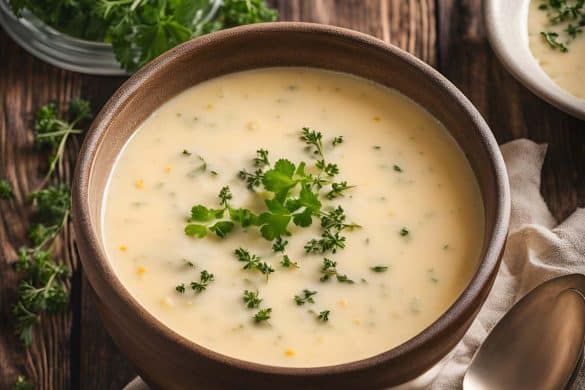
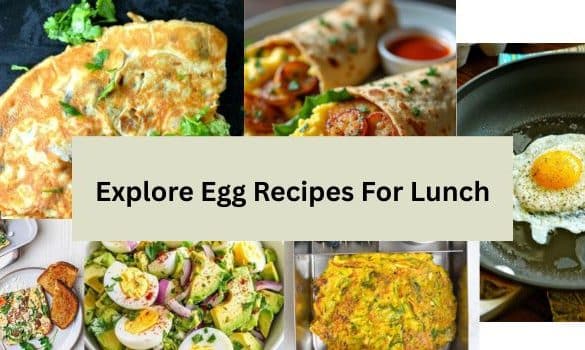

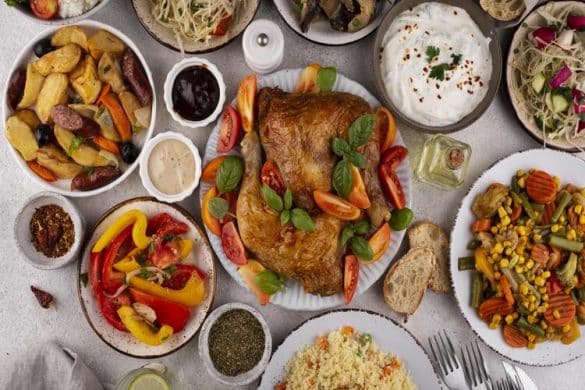
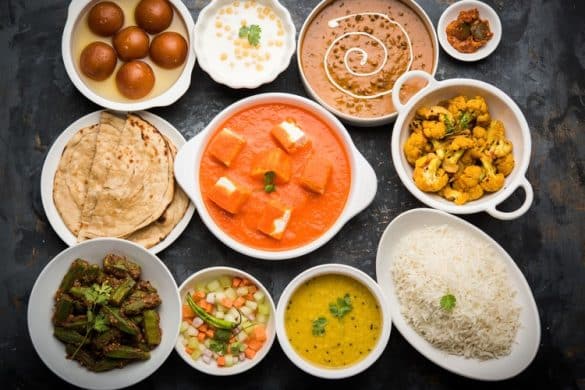


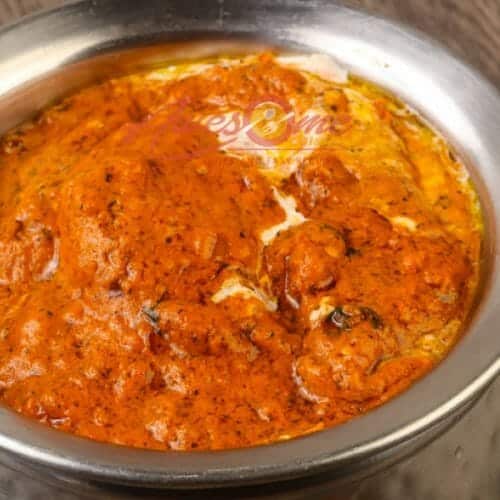
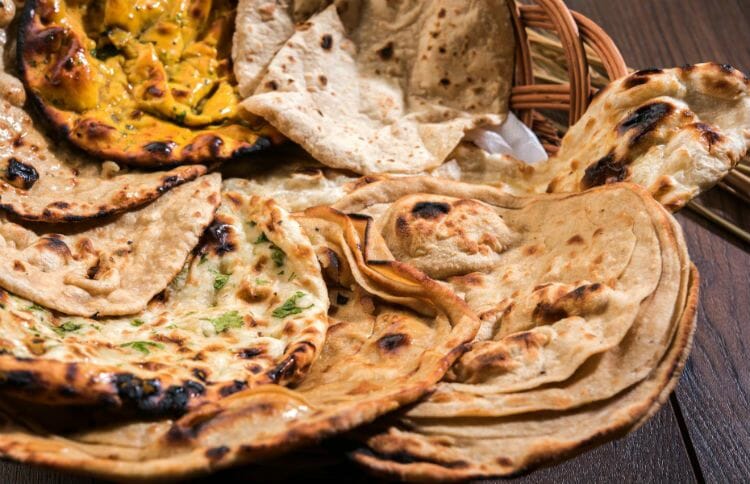


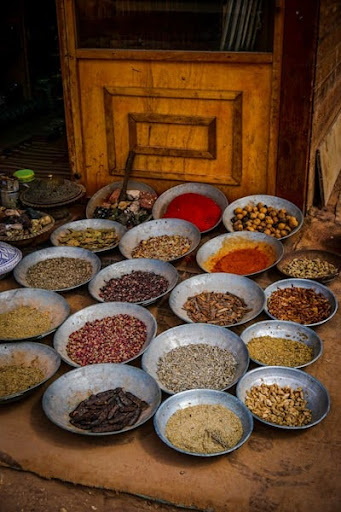
1 comment
Thank you for sharing Hakka traditional food with so much information and clarity. So glad to be able to learn about my own culture through other nationality’s eyes.